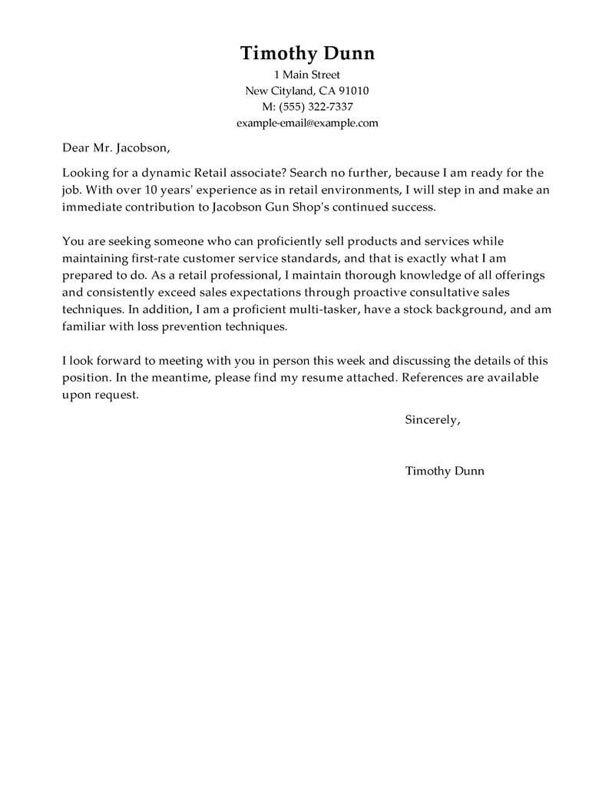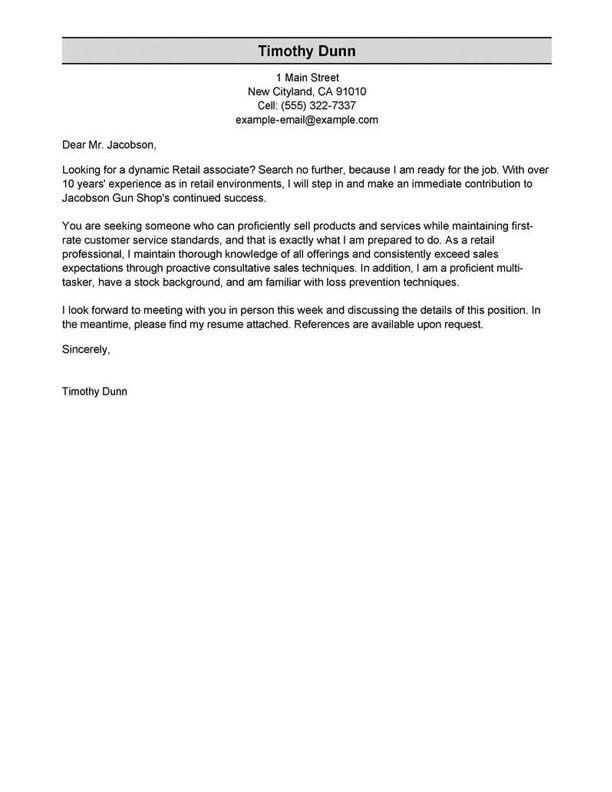TABLE OF CONTENTS
Coach resume
summary examples
The resume summary is one of the first sections a recruiter will look at during their initial seven-second scan of your resume.
You want to quickly capture a recruiter’s attention by showcasing your top skills and qualifications in a concise two-to-three-sentence paragraph.
If you’re an experienced job seeker, you should opt for the professional summary, which focuses on how you meet the employer’s requirements.
Candidates with little to no work experience should choose the objective statement, which allows them to share their career goals and the skills that will help achieve them.
Below, we’ll share examples of professional summaries and resume objectives for the Coach role so you can better understand them.
Good example:
“ An experienced and dedicated coach with 10+ years of experience in leading and motivating teams to success. Proven track record of achieving results through effective communication, team building, and problem solving. Passionate about developing athletes and creating an environment that encourages growth and success.”
Why this example passes:
- Feature candidate’s success statistic to grab attention. Numbers add detail about how big the results you deliver are, e.g., test scores, passing rate and more.
- Shows career length, 11 years.
- Mentions employer-desired skills: student motivation and interactive lessons.
Bad example:
“ Experienced coach with strong interpersonal skills. Passionate about helping others reach their goals. Dedicated to helping athletes succeed.”
Why this example fails:
- Doesn’t include any numbers that quantify coach’s performance
- Uses vague descriptions and skills.
- Doesn’t include years of teaching experience.
The fastest way to write your
professional summary
Impress employers by featuring must-have skills for a Coach and achievements that make you an irresistible employee. Find the best content suggestions for your professional summary in our Resume Builder that will wow recruiters.
- 1
Enter the details about the job title you held. The builder comes preloaded with auto-suggested phrasing written by resume experts.
- 2
Then, just pick from these suggested phrases that best frame your experience and customize them to your liking!
- 3
All you have to do is choose the summary phrases that best frame your experience. It’s like having a professional do it for you!
Our Resume Builder will help you write a custom Coach resume in 15 minutes! However, if you want to give your resume more dedicated attention, you can also employ our professional writing services to kickstart your search for an Coach role confidently.
The reviews are in!
See what they’re saying about us on Trustpilot.
Coach resume work
experience examples
One of the most important sections in any resume is the work experience. Writing a work experience section that demonstrates you have what it takes to thrive in the job is crucial to writing a resume. Recruiters want to see your unique achievements, so leave the generic job duties out. Use the following examples to understand better how to write this section.
Good example:
Rolling Meadows Middle School I Rolling Meadows, IL I 8/2018-current
- Coached high school football team to a state championship title, achieving a perfect season record of 10-0
- Developed a comprehensive strength and conditioning program to improve players` physical performance and reduce injury risks
- Organized team-building activities to foster collaboration and team spirit among players
- Provided individual mentorship to players to help them develop their skills and reach their potential
Why this example passes:
- Numbers and statistics add detail and quantify the results this coach delivers: 4% improvement and a class size of 20-25.
- Good use of strong words and active language.
- References specialized value cahier provides with “individualized lesson plans.”
Bad example:
Emily Dickinson Elementary I Redmond, WA I 4/2022-present
- Coached team
- Assisted players
- Helped with drills
- Monitored practice sessions
Why this example fails:
- Lacks numbers or statistics.
- Describes general tasks, not teaching achievements or career highlights.
- Uses active verbs, but doesn’t focus on results.
Coach resume skills examples
Here are 18 sample skills for coach:
- Behavior standards
- Operations Management
- Emergency Response
- Strategic Planning
- Equipment Maintenance
- Staff Development
- Safety Protocols
- Team Training
- Performance Evaluation
- Talent Recruitment
- Media Relations
- Weight Training
- Fitness Assessments
- Game Strategy Development
- Team Development
- Facility Maintenance
- Effective Communication
- Physically Fit
You should sprinkle skills and abilities throughout your resume. Include them in your professional summary, work experience blurbs and a dedicated skills section.
Examples of additional resume sections
Your resume must include the five main sections: contact information, professional summary, work experience, skills and education. However, you can also add different sections to show off more achievements.
Here are some examples of optional coach resume sections that you could add to provide greater detail:
- References
- Additional skills
- Professional experience
- Certifications
- Accomplishments
- Languages
- Formation
- Soft skills
Only include extra sections if they provide real value to your resume. Your resume should be brief and concise rather than long and redundant.
How to choose a resume format
0-3
Years of experience
Functional formats
- Focus on skills.
- Best for first-time coach who lack work experience.
- Good for people re-entering workforce.
- May omit dates in the work history section.
Organization:
- Skills listed above work experience.
3-10
Years of experience
Combination formats
- Balance skills and work history.
- Ideal for mid-career coach.
- Suitable for career changers and people seeking promotion.
Organization:
- Skills next to or above work experience.
10+
Years of experience
Chronological formats
- Put the most focus on work history.
- Best for coach with a long, steady career.
- Most popular format.
- Preferred by recruiters.
Organization:
- Work experience listed above skills.
Featured in:*

*The names and logos of the companies referred to in this page are all trademarks of their respective holders. Unless specifically stated otherwise, such references are not intended to imply any affiliation or association with LiveCareer.





